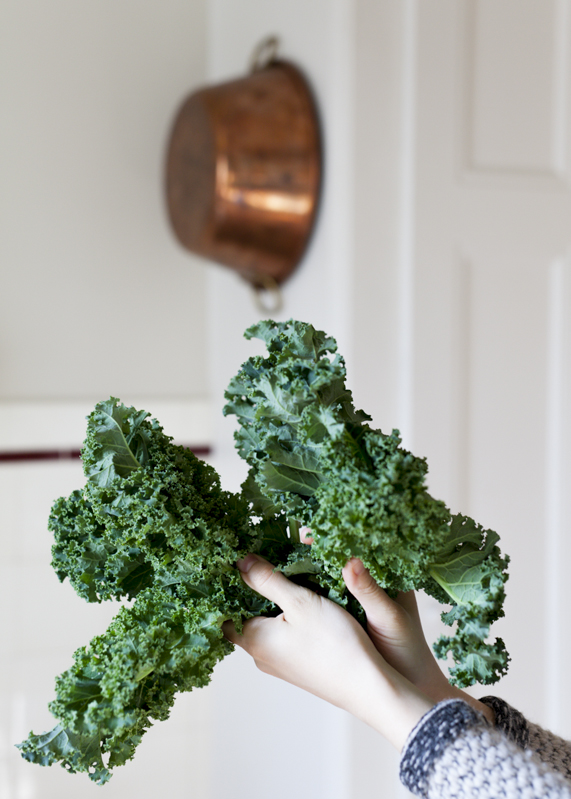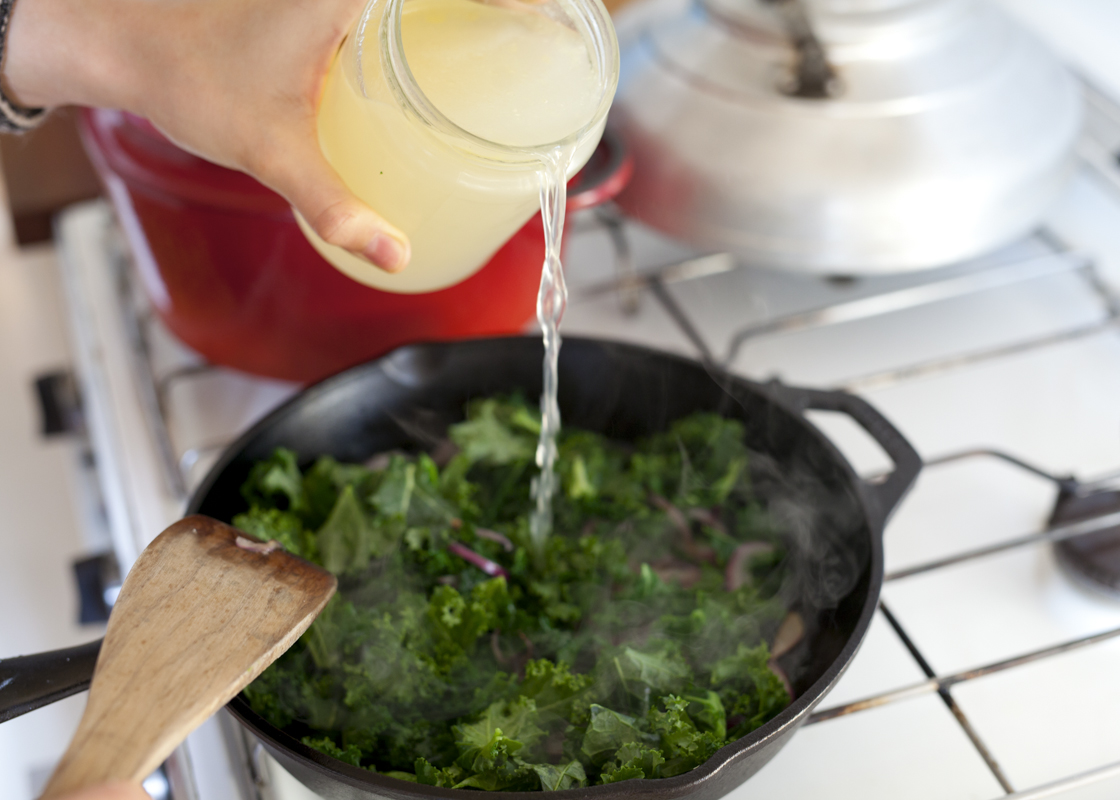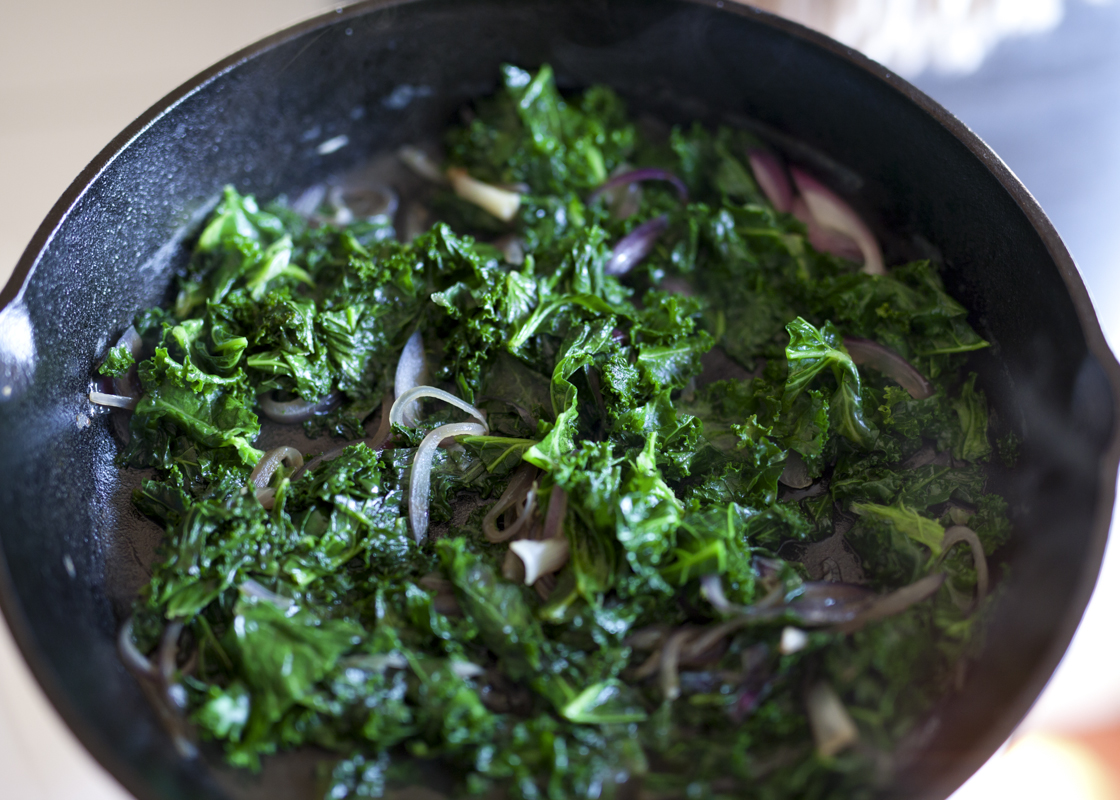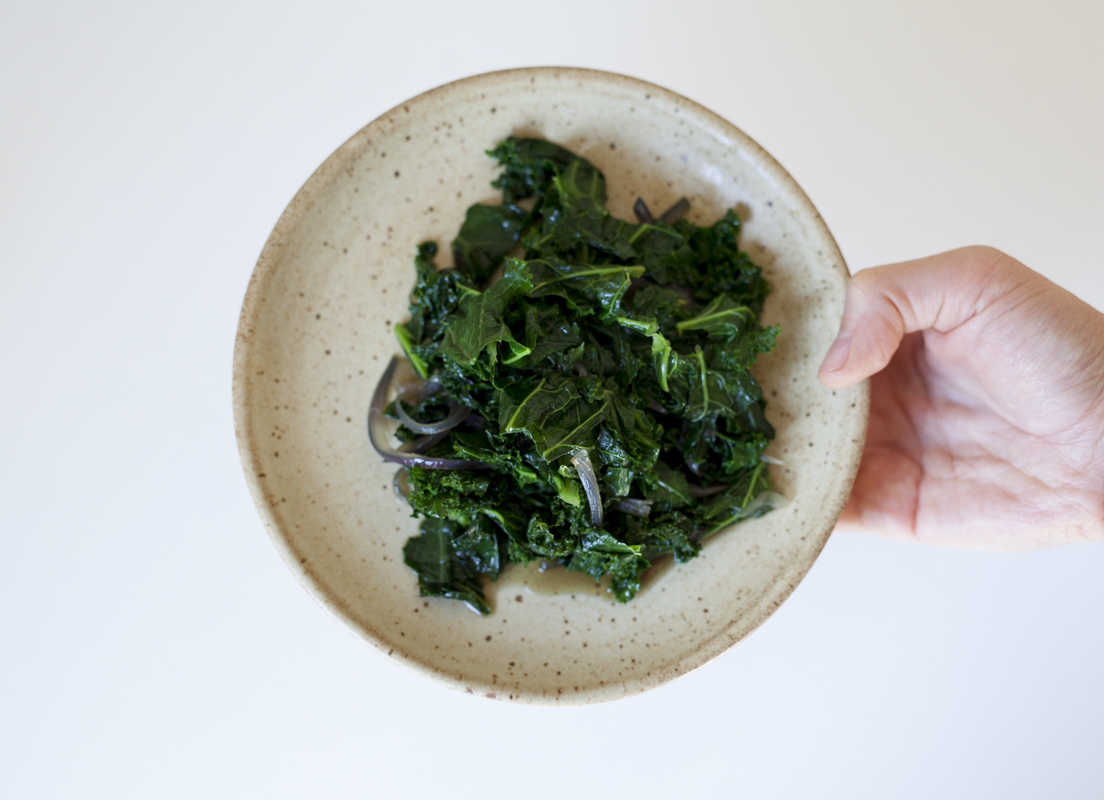During nutrition workshops or consultations at some point the following question invariably comes up: how do I cook nutritious meals fast?
Maybe you, dear reader, are currently pondering the same thing.
I feel you. All of you. As someone who’s comfortable in the kitchen and who also really enjoys spending time there, I’ve definitely asked myself this question on many a tired Thursday night. It’s a big one.
Everything’s moving at an increasingly rapid pace, culturally speaking. We’re working longer hours to pay for growing expenses, spanning greater distances in shorter amounts of time, mining deeper for gases, rare metals, data. The possibilities are limitless, expansive, vast, if only we had the time. Time could be said to be our most precious commodity and we allocate it accordingly, seeking the fastest solutions for problems, not least such corporeal ones like what to eat tonight.
The free time we have is typically spent on leisurely pursuits—taking a walk, meeting a friend for a drink, and, more often than not, looking at a screen. Whether it’s the news or a premium-cable series or a 90’s romcom or a video-game or an instagram feed from someone living in the wilds of Maine or Los Angeles, it’s no surprise that at the end of a long and stressful work day, we want nothing more than to plug into some other story to unwind.
And while there’s nothing inherently wrong w/ this, what’s happened is that the time for cooking, preparing a nourishing meal, has been reallocated and what nourishment we receive is a byproduct of convenience which, as we all know, is never what it’s cracked up to be (see: the tv dinner, the happy meal, the delivery pizza).
Cooking, in my opinion, is self-care just as stretching in the morning, showering on a regular basis, brushing your teeth, drinking enough water and getting some good sleep are; it should be part of our daily routine. But it isn’t. We’ve never been taught to integrate it into our routines as we have those other things which brings me back to that commonly-posed question.
How do I cook nutritious meals fast? Where do I start?
Start here, with a butternut squash, some polenta, some spinach. This is a recipe for what I like to call fast slow-food. Fast because you’ll spend 15 minutes doing something–chopping or whisking or stirring. Maybe 20 if you’re new to the kitchen.
Slow because the rest of the hour or so until dinner is served can be spent doing whatever it is you do to unwind. Meanwhile a series of chemical reactions will be working for you, transforming squash, spinach, corn into nourishing meal.
There’s no secret trick or secret soy-based-shake for this. Cooking takes practice and a bit of planning and, yes, a bit of time. But by learning to make a few, simple recipes it will get easier and easier to incorporate them into your daily routine. To make nutritious meals (relatively) fast.
Who knows? Maybe the more time you spend in the kitchen, the more you’ll enjoy being there. Dear reader, it happened to me.
Braised Butternut Squash + Polenta
Note: I haven’t cooked butternut squash in ages, mostly because I disdained peeling it. B/c it’s braising for such a good amount of time, there’s no need to peel–the skin softens up beautifully and can be eaten. Otherwise, you can easily scoop the squash from the skin.
Adapted from Ottolenghi’s Plenty More
For the Squash:
- 1 butternut squash, sliced in half lengthwise then sliced in 3 sections
- 1/2 cup chicken bone-broth
- 1 knob butter
- 5 pods cardamom, crushed
- 4 bay leaves
- 1 teaspoon whole black pepper
- 1 teaspoon whole cumin seeds
- 1 teaspoon whole coriander seeds
- 1 section of orange rind
- couple of pinches salt
- Turn oven to 200C. While oven heats, place squash bottom-side down in a large braising pan. Pour broth over and add herbs and spices. Add dabs of butter on top of squash.
- Place in oven and let braise for 45minutes-1hour, until soft. Occasionally, spoon broth over squash while braising.
For the Spinach:
- 1 big bunch spinach, roughly chopped
- 3 cloves garlic, minced
- 1 knob ghee
- couple of pinches salt
- Place cast-iron pan on medium-heat. Add ghee.
- Add garlic and salt and cook until fragrant.
- Add spinach and stir, cook for 10 or so minutes, until deep green.
For the Polenta:
Note: For maximum digestibility I soak my polenta overnight in warm, lemony water.
- 3 cups chicken bone broth
- 1 cup water
- 1 cup course polenta
- 1 knob butter
- Bring bone-broth and water to a boil in a large sauce-pot on the stove.
- Whisk in polenta and turn heat down to low. Cover and let cook for 30-45 minutes, giving the polenta a good whisk every 10 minutes or so.
- Turn heat off and add butter, stir.
Layer polenta, spinach and squash on plate. Serve w/ a good grate of parmigiano, glug of olive oil, and sprinkle of salt.




